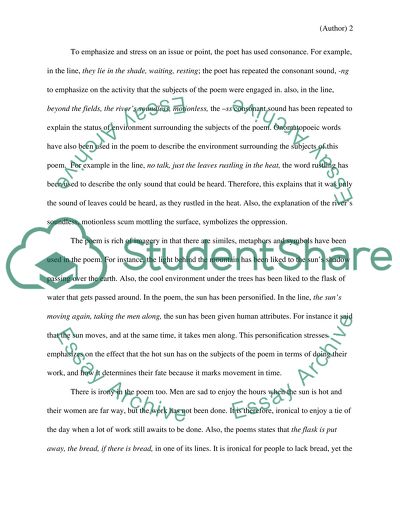Cite this document
(“Poetry and New Criticism Essay Example | Topics and Well Written Essays - 1250 words”, n.d.)
Retrieved from https://studentshare.org/english/1498356-poetry-and-new-criticism
Retrieved from https://studentshare.org/english/1498356-poetry-and-new-criticism
(Poetry and New Criticism Essay Example | Topics and Well Written Essays - 1250 Words)
https://studentshare.org/english/1498356-poetry-and-new-criticism.
https://studentshare.org/english/1498356-poetry-and-new-criticism.
“Poetry and New Criticism Essay Example | Topics and Well Written Essays - 1250 Words”, n.d. https://studentshare.org/english/1498356-poetry-and-new-criticism.


